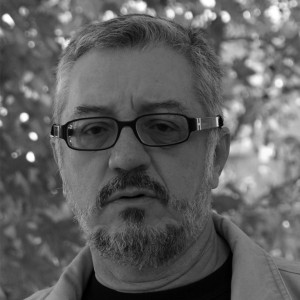Calakmul offers a prime example of how people in the distant past learned about the natural world and made the most of what it offered. Today, when we see the profusion of monumental constructions built over the course of many centuries, it is worth reflecting on how this was achieved. The Maya in this area worked in close coordination to plan the city, cut millions of stones of various shapes and sizes, prepare mortar, and then transport everything needed to construct so many buildings.
In parallel, they needed to produce food and gather enough water to drink, cook, wash, and prepare the mortar, stucco, paint, and so on. Clays enabled them to make pottery, complementing their woven fabrics and basketry. They cleared fields for farming, and cut reeds, timber, bark, palms and resins; they collected fruit, eggs, honey and insects; they hunted birds, reptiles and mammals. They selected what they considered useful and in this way were able to meet all their needs.
By systematic observation they were able to understand the existence of natural cycles, the dry and rainy seasons, enabling them to use their natural environment to their advantage in different ways, for example with “milpas” [for growing maize, beans and squash], horticultural and sustainable forest management, and terraced plots for growing crops.
In their world view, practically everything in nature was a living entity: caves, trees, animals, the jungle, clouds, the sky, fire, the stars and even the objects they made themselves (such as buildings, pots, weapons, and jewelry). However, there were also supernatural beings (deities, ancestors, “winds” and “nahuales”). Therefore, in daily life it was important to respect the environment and these invisible entities.
The Maya civilization has since disappeared. Nevertheless, the Maya people have survived as an ethnic group and over the course of many generations they have held on to many of those pre-Hispanic ideas that reflect their respect for the environment. They have also preserved many aspects of their traditional knowledge, such as the names of plants and their different uses: as food, honey, medicine, condiments, stimulants, timber and pigments, to name just a few.
When visiting Calakmul we should recall that humans lived alongside nature in this ancient city over many centuries, transforming it and making it part of their everyday lives, and thereby achieving that high level of development which today we call civilization. We are fortunate to have inherited this important historical and cultural legacy, which has also been recognized by the international community with its designation as a Mixed World Heritage Site.







